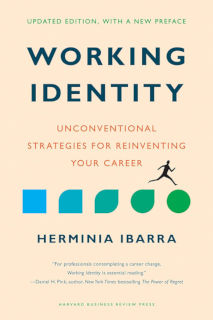Working Identity: Unconventional Strategies for Reinventing Your Career
By Herminia Ibarra

By Herminia Ibarra

For over a decade, Founding Fuel has ignited bold leadership and groundbreaking insights. Keep the ideas flowing—fuel our mission with your commitment today.
Want to know more about our voluntary commitment model? Click here.
Was this article useful? Sign up for our daily newsletter below
Also by me
Trending